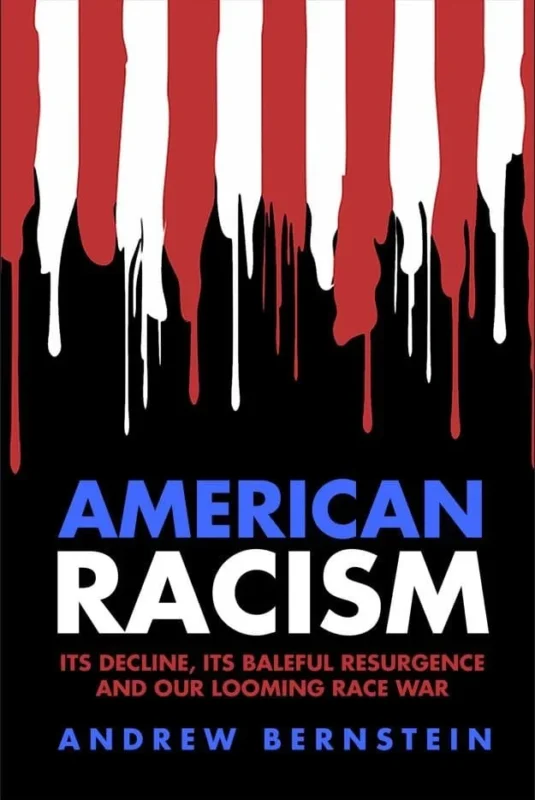President Clinton wants more money for education. He’s proposed tax credits and deductions for college students and large increases in Pell Grants for needy students. Clinton would have us believe that not enough students have a chance to go to the nation’s 3,600 colleges or money will solve the nation’s education problems. Let’s look at it.
College enrollment, 14.5 million students in 1995, is greater than high school enrollment of 14 million that year. In 1960, the nation’s colleges spent $7 billion. By 1980, they were spending $62 billion. In 1995, the nation’s colleges spent $201 billion. According to Hoover Institution Senior Fellow Dr. Martin Anderson’s book, “Imposters in the Temple,” public universities receive about 15 percent of their budget from tuition. Sixty percent comes from state and federal government. About 25 percent, comes from gifts, endowments and miscellaneous sources. Before we start pouring more money into colleges, we might ask what we’re getting for the money we’re spending now.
A 1993 Rand Corporation study reports: “Over one-half a national sample of upper class college students were unable to perform cognitive tasks at a high school level; three-quarters of the faculty surveyed in a recent poll felt that their students did not meet minimum preparation standards.”
A 1987 Gallup poll of more than 700 college seniors found: 24 percent said Columbus arrived in the New World after 1500; 58 percent didn’t know that Truman was president during the Korean War; 55 percent couldn’t identify the Magna Carta; 23 percent thought the statement “From each according to his ability, to each according to his need,” was a part of the U.S. Constitution.
A small article in the Wall Street Journal (1/30/97) said that a “Bachelor of Arts degree in 1997 may not be the equal of a graduation certificate from an academic high school in 1947.”
A 1984 survey of University of North Carolina students found that 69 percent could not identify a single African country between the Sahara and South Africa (there are 28); less than half could name the two largest states in the U.S.; 88 percent could not identify the five Great Lakes; only 27 percent knew that Manilla was in the Philippines.
A 1987 survey of University of Wisconsin students found that 25 percent of those in a geography class (read that, geography class) could not locate the USSR on a world map. On a map of our 48 contiguous states, only 22 percent could identify 40 or more.
The National Commission for Excellence in Education found that few colleges required students to demonstrate “true proficiency in anything as a condition for receiving a degree, fewer still set clear learning objectives and unambiguous standards for academic performance . . . .” The American Council on Education found that only 15 percent of universities require tests for general knowledge; only 17 percent for critical thinking; and only 19 percent for minimum competency.
Then there’s gross deceit about student performance. Student preparation, as measured by SAT scores, has declined since 1960 but grades are up. Seventy-eight percent of Harvard students made the dean’s list in 1978, compared to 20 percent in the 1920s and 26 percent in the 1930s. At Princeton 70 percent of the grades were A’s and B’s in 1975; the average grade at Stanford University was A-minus.
“Williams,” you say, “who’s to blame?” It’s tempting to unload the blame on faculty, staff and university officials. They can be blamed for lack of character and academic honesty. However, most of the blame lies with those appointed and charged with the ultimate responsibility for the university – boards of trustees.









